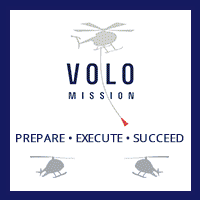W/B question
Weight and Balance?
38 members have voted
-
1. How often do you calculate your Weight and Balance?
-
Before every flight22
-
At the beginning of the day6
-
When teaching a student5
-
When I remember1
-
Weight and what?6
-
-
2. How often do you take off above max gross weight?
-
Never33
-
Most of the time0
-
Only when the mission requires5
-
It doesn't really matter once you are in the air0
-
I never thought to check0
-











Recommended Posts
Join the conversation
You can post now and register later. If you have an account, sign in now to post with your account.
Note: Your post will require moderator approval before it will be visible.